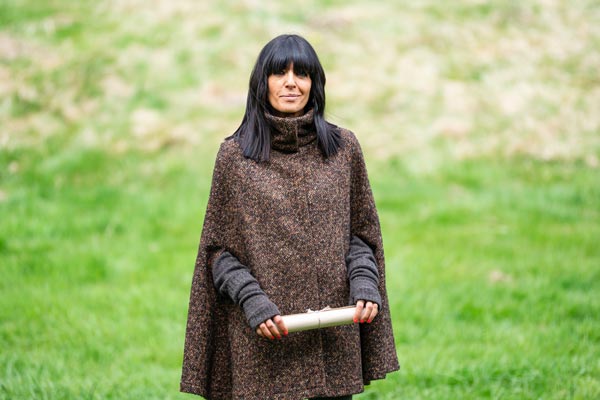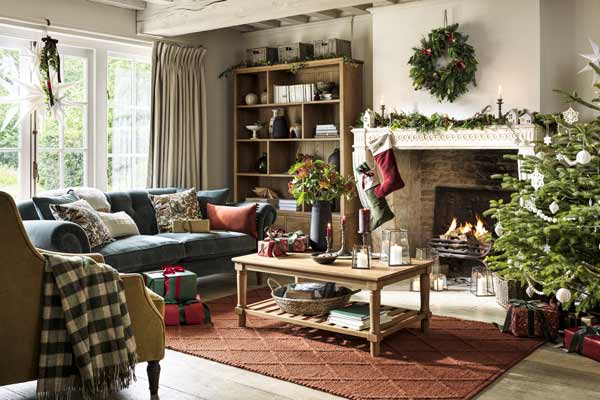Our guide to adding different designs to your interior will give you the confidence to get it right.
Whether it’s a textural geometric, a country-style floral or a bold, retro/modern design, introducing pattern always adds character to a room. It could be a few simple pieces that feature understated designs for subtle interest, an eye-catching, oversized pattern as a focal point, or a complex combination of different patterns for a room that really makes an impact.
Find Your Inspiration
Whatever patterned items you’re putting together, there are some straightforward guidelines that will help you make the best of them. First, get your eye in. Look at books, magazines and websites for ideas, start to narrow down your choices, and then look for inspiration in the pattern books created by fabric and wallpaper designers, where everything is already coordinated: stripes with damasks, spots with florals, for example. They make an ideal springboard for ideas.
Create a Mood Board
This allows you to assess how colours, patterns and surface textures will work together in the context of a whole room. There are websites that will help you do this, or you can pull together swatches of fabric, wallpaper and so on in order to weigh up how well they coordinate. From here, you can swap samples in and out, working out what appeals to you the most. If you have large samples, hang them in place and live with them for a few days to see how you feel about them.
Consider Scale
While you’re doing this, you’ll need to consider scale, colour and the style of the pattern. In general, bigger patterns are better suited to bigger rooms and smaller patterns to cosier rooms – though there’s something to be said for the occasional use of a huge pattern in a small space. A downstairs cloakroom is the obvious place to try out a large-scale wallpaper, for example. Very bold patterns used extensively may date (or you could just get sick of them), so, if in doubt, limit them to smaller areas where they won’t cost too much and can be changed relatively easily.
Layer Patterns for Dynamic Effect
Think of choosing patterns as a type of layering, starting with the most dominant pattern and adding in secondary and tertiary patterns (and maybe more) for dynamism. Remember that stripes and very small patterns – which look like plains from a distance – can be brilliant at coordinating with more intricate patterns. And don’t forget that textures – the slub of raw silk, the herringbone of woven linen, chunky knitted wool – form their own subtle patterns too.
Choose Coordinating Tones
A cautious approach to mixing patterns would be to match colours exactly. You can’t go wrong with this, but taken too far it may become dull. You can achieve excellent coordination and greater sophistication by working with tones – the lightness and darkness of the colour (as in a paint chart). Colours with similar tonal values will work together, making it easier to combine patterns. Density, too, is a factor, as loose, open patterns give a visual ‘breather’, while intricate patterns with closely placed designs have more drama. As with scale, a variety of densities gives balance and interest.
Mix & Match Styles
Keep an open mind as to what styles of patterns work together. You could choose everything from the same ‘genre’, for instance, florals or geometrics, but a mix-and-match approach can be extremely successful, provided there is some cohesion in terms of colour, tone, scale or style. Success with pattern is all about trial and error, combining logic with your own instinct and taste, until the end result is right for you.




